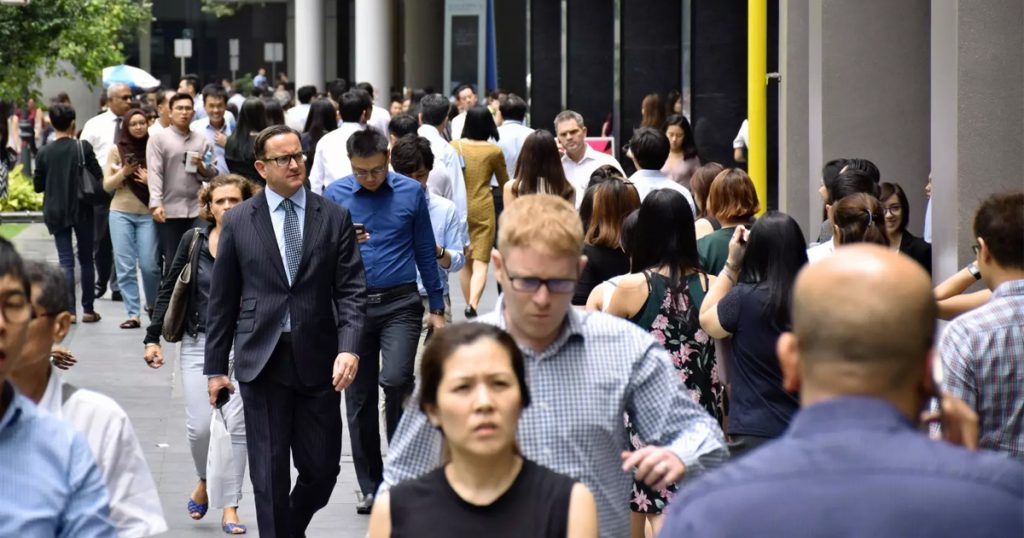Amidst current economic uncertainty, it’s a given that workers are anxious about possible retrenchment.
Various global firms have been cutting their numbers this year, including IBM, which laid off the last remaining 400 to 600 of their Singapore staff when they shut down their Tampines plant.
In October, HP announced plans to cut 7,000 to 9,000 positions worldwide to save the company US$1 billion (S$1.38 billion) by the end of fiscal 2022.
In light of these times, the National Trades Union Congress (NTUC) plans to establish a work security taskforce that will step in to protect workers in the “pre-retrenchment” stage.
The idea was discussed and agreed upon at the NTUC Delegates’ Conference yesterday (16 October 2019), with Employment and Employability Institute (e2i) CEO Gilbert Tan to lead the initiative.
The taskforce will focus on training and re-skilling workers pre-emptively, before layoffs hit.
In doing this, they aim to reduce the time for a worker to secure their next job placement in the event of retrenchment.
Said NTUC Secretary-General Ng Chee Meng, “Companies trust our unions and they do let us know [about retrenchment plans] ahead of time, so that we can help workers to transit into other jobs.”
Ng believes this can be a win-win solution, where workers will have less to worry about in terms of getting re-employed, and companies are able to reduce their costs with less difficulty.
In another recent case, DFS Group is currently executing a few months of retrenchments in Singapore after deciding to close their Changi Airport liquor and tobacco shops.
However, the firm received criticism for not handling the task “responsibly and sensitively” when they let go of 60 workers with immediate effect, and only then worked to improve their severance packages as well as support affected staff in re-employment.
Examples like these are where NTUC’s taskforce could be helpful in protecting workers prior to facing the impacts of retrenchment, instead of controlling the damage after.
More details will be announced in the future.
Featured Image Credit: Nikkei Asian Review
